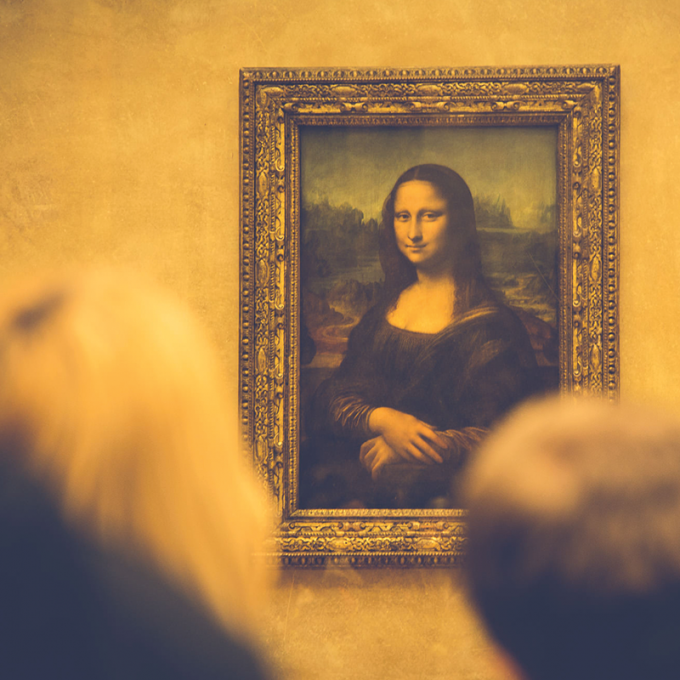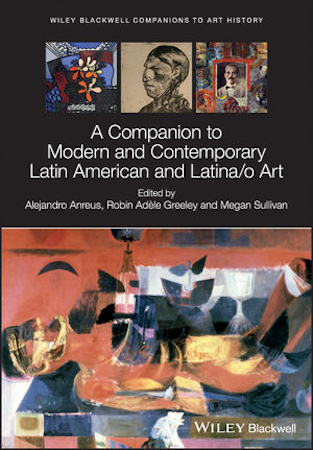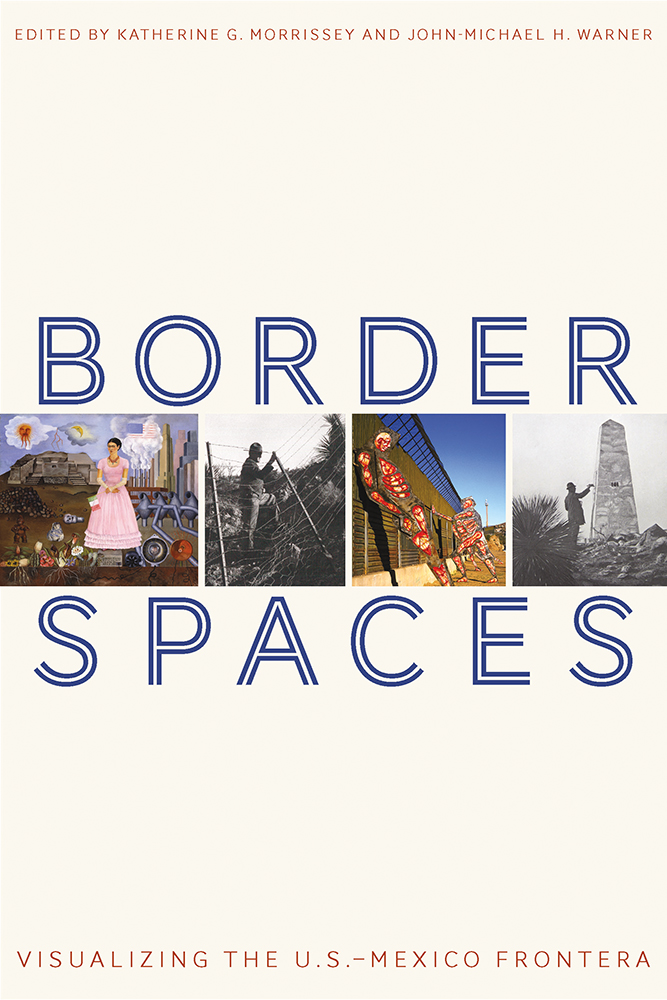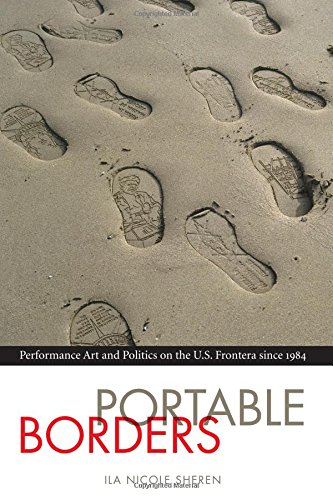Research in Progress
Border Ecology: Art and Environmental Crisis at the Margins
“Objects of Ridicule: The Embodied Identity Politics of the Yes Men”
Selected Publications
“Troubling the Waters of Neutrality: Eco-art as an Identity Proposition,” invited essay for the relaunch of Afterimage: The Journal of Media Arts and Cultural Criticism (June 2020)
“Border Art” in the Blackwell Companion to Modern and Contemporary Latin American and Latino Art, Robin Greeley and Alejandro Anreus, eds. 385-397 (Wiley-Blackwell, March 2020)
“Affective Landscapes/Empathic Objects: Digital Documentary and Non-human Ecologies” in Mutating Ecologies in Contemporary Art, Christian Alonso, ed. (Edicions de la Universitat de Barcelona, 2019), 113-119
Portable Borders: Performance Art and Politics on the U.S. Frontera since 1984 (August 2015, University of Texas Press).
“Standardization, Censorship, Systems, Surveillance: Artist Perambulations through Google Earth” (GeoHumanities, May 2018).
“The San Diego Chicano Movement and the Origins of Border Art” Journal of Borderlands Studies. September 2016.
“Ashes to Ashes: Self-Immolation as Self-Sacrifice in Visual Culture” in Making Sacrifices: Visions of Sacrifice in Contemporary Culture (Forthcoming, 2015, New Academic Press, Vienna)
“‘Unexpected’ Developments: Mirza and Butler’s Non-Participatory Interventions in Toronto.” The International Journal of Arts Theory and History. Forthcoming, Fall 2015)
“Stealth Crossings: Performance Art and Games of Power on the Militarized Border” in U.S.-Mexico Border Spaces: Arts, Built Environments, and Landscapes, edited by Katherine G. Morrissey and John-Michael H. Warner (University of Arizona Press, 2018).
Selected Talks
“Human, Nonhuman, Both, or Neither? Bear 71 as Border Crosser” Border Control Symposium, University of Michigan New Media Caucus, September 2019
“Bordering on the Sacred: Visualizing the Paradox of Pollution,” Keynote address for the 35th Annual Boston University Graduate Student Symposium, March 2, 2019
“Defining the Sacred and the Profane in Vibha Galhotra’s Manthan.” Association for Study of the Arts in the Present (ASAP) 10th Annual Conference. October 2018, New Orleans, LA.
Watershed Moment: Border Thinking on the Mississippi” Keynote Address for the Art Graduate Student Organization’s 4th Annual Symposium, University of North Carolina, Chapel Hill (March 24, 2018).
College Art Association Annual Conference, “Standardization, Censorship, Systems: Artists’ Peramublations through Google Earth” (February 2018).
Sal Castro Memorial Conference, University of California, Santa Barbara, “From Chicano Park to Asco: Reconsidering the Origins of Border Art” (February 2018).
“States of Emergency, Sites of Exception.” Paper given for Cultural Production, State Violence, and Subjected Positions of Transgression” roundtable discussion as part of Northwestern University’s Colloquium for Ethnicity and Diaspora series (March 2016).
College Art Association Annual Conference, “Photographing Slow Violence in the Global South” (February 2016)
Balance/Unbalance Conference, Arizona State University. “Bears, Boundaries and Biodiversity: The Human and the Non-Human in Internet Art.” Phoenix, AZ, March 2015.
“Site, Non-site, Re-site: Border Art and Boundaries since 1986.” Public lecture and evening Salon at the University of Arizona School of Art. (March 2015) (Youtube link: https://www.youtube.com/watch?v=oI37dKHXtNM)
Universities Art Association of Canada Annual Conference. “Mapping the Virtual and the Material in Clement Valla’s Postcards from Google Earth.” Toronto, Canada (October 2014).
International Conference on Street Art and Urban Creativity, “The Open Air Gallery: A Return to the Radical, or More of the Market?” July 2014, Lisbon, Portugal.
College Art Association Annual Conference, “The BAW/TAF’s Maclovio Rojas Project: Intervention, Art, Other?” (February 2012)
University of Arizona, Border Research Group Symposium, “Conceptualizing the Border: The BAW/TAF’s End of the Line” (December 2011)
Courses Taught
“Picturing the Anthropocene: Landscape, Land Art, and Eco Art," “Contemporary Art of the U.S.-Mexico Border and Beyond”“Art & Activism,” “What’s New? Contemporary Art in Saint Louis,” “Contemporary Art,” “Globalization and Contemporary Art," "Alterna-art,” “From the Death of the Author to the Birth of YouTube: Identity in Contemporary Art,” “New Media, New Technologies,” “1968 and its Legacy,” “Intro to Modern Art, Architecture and Design.”








